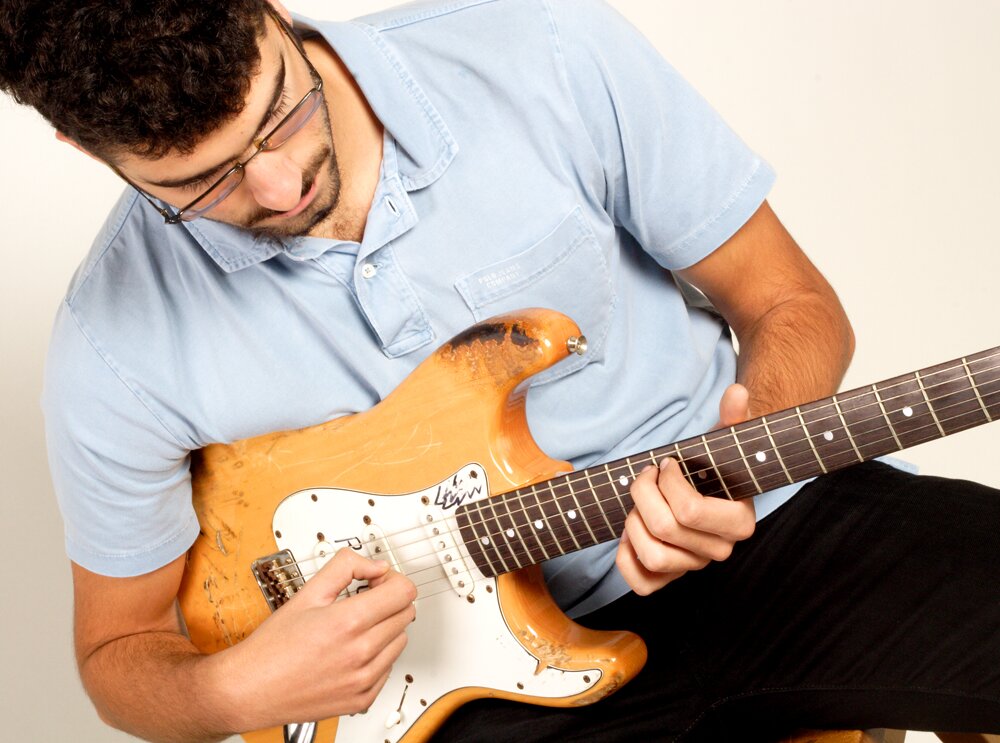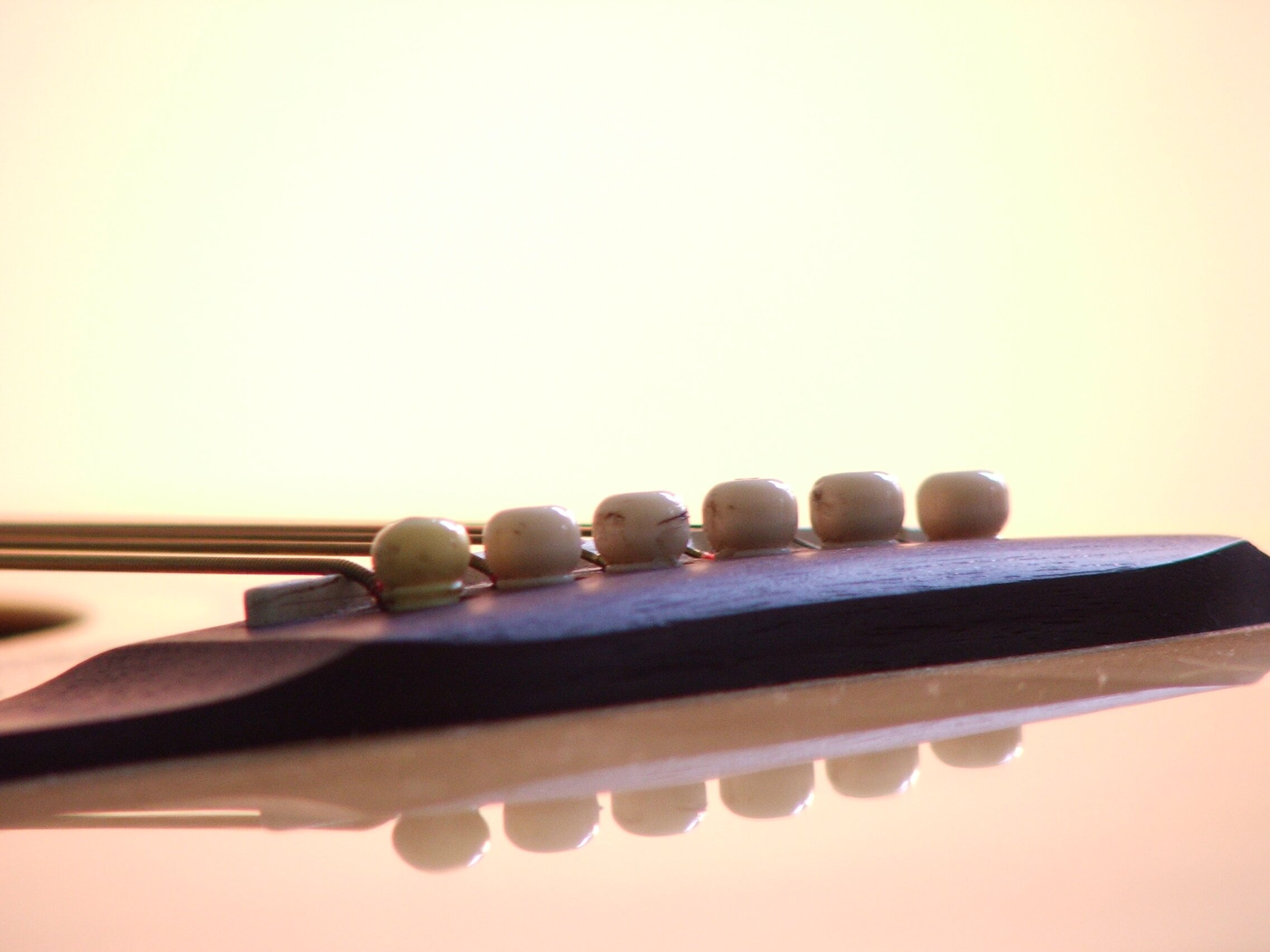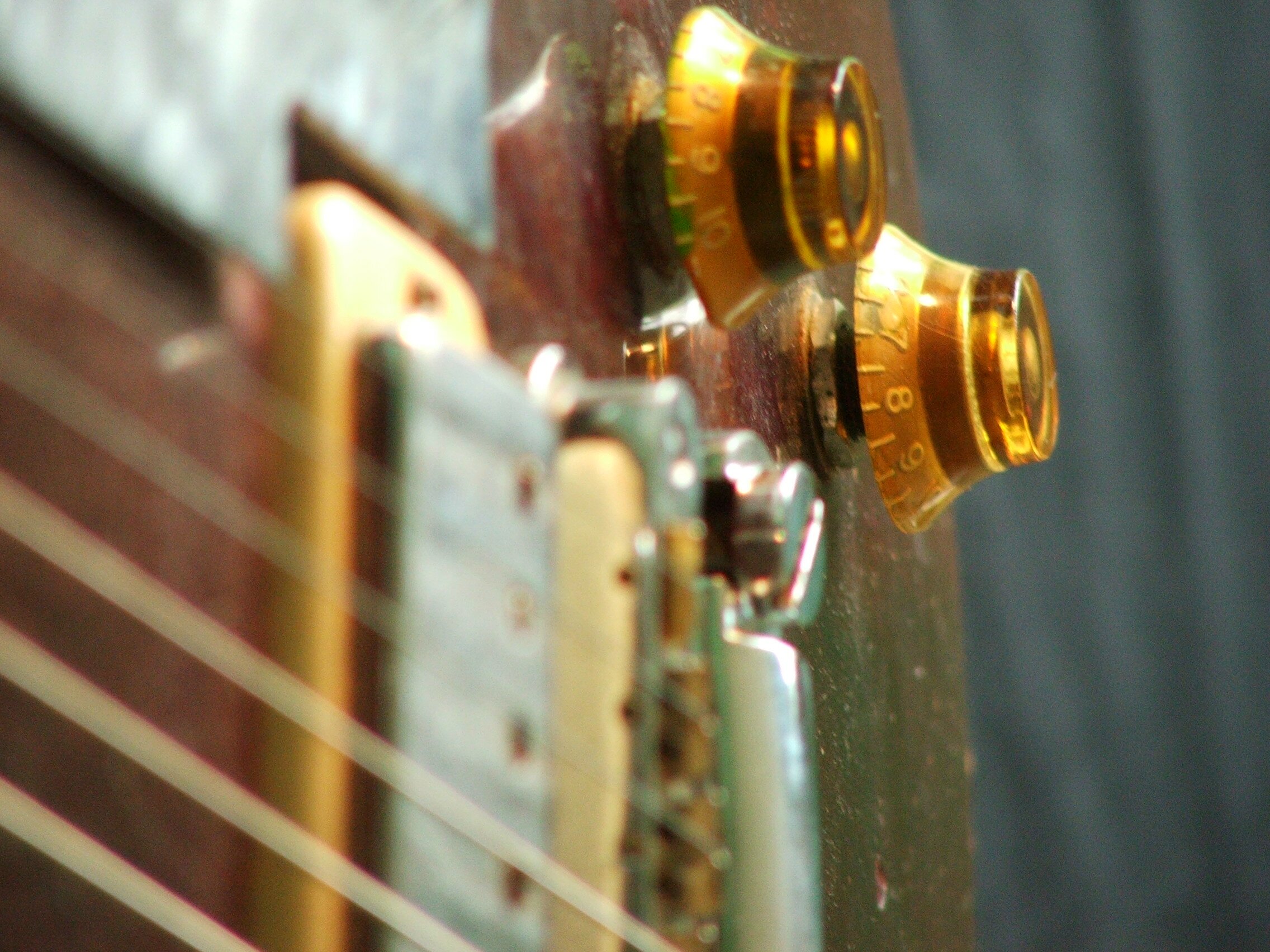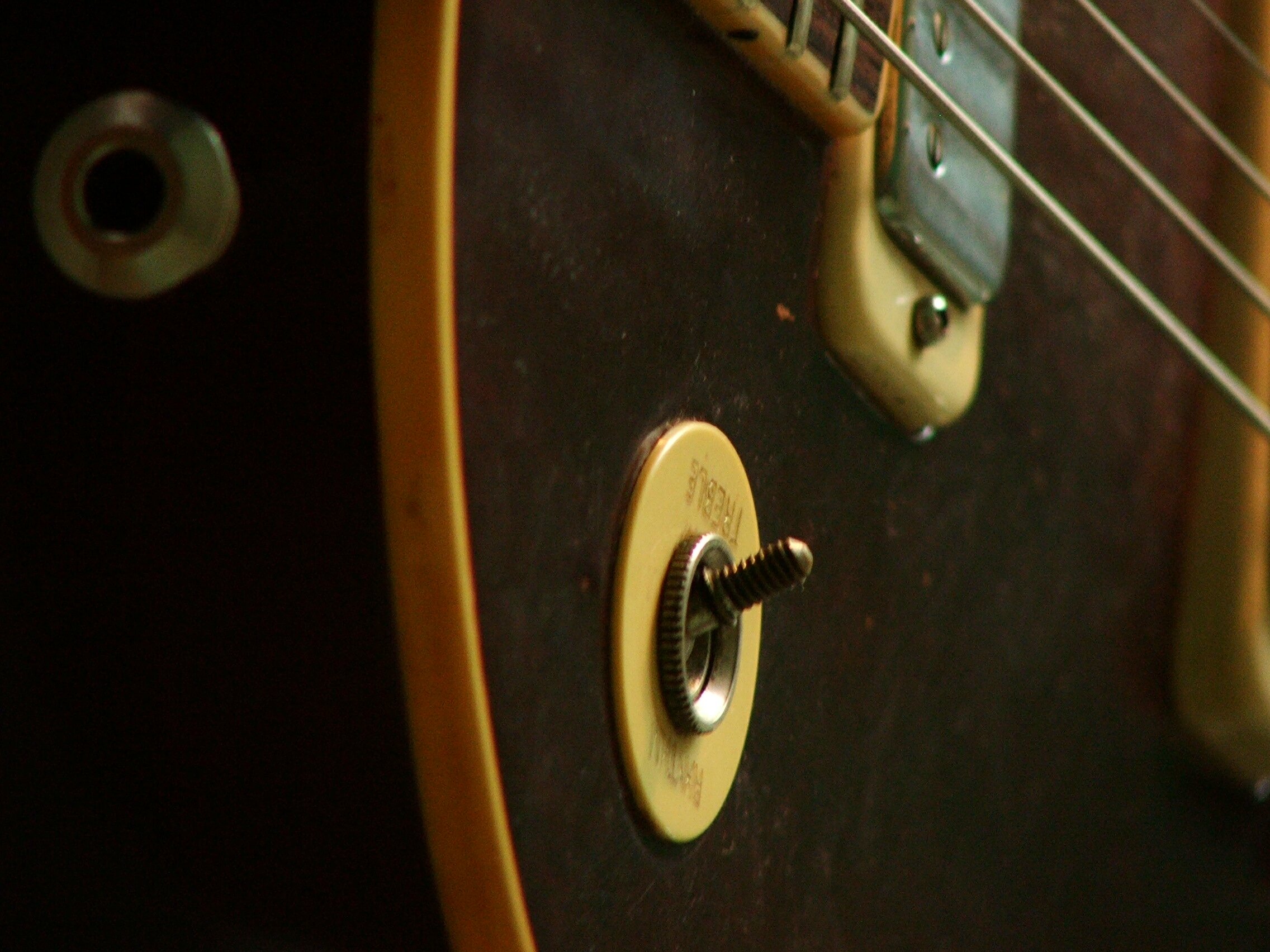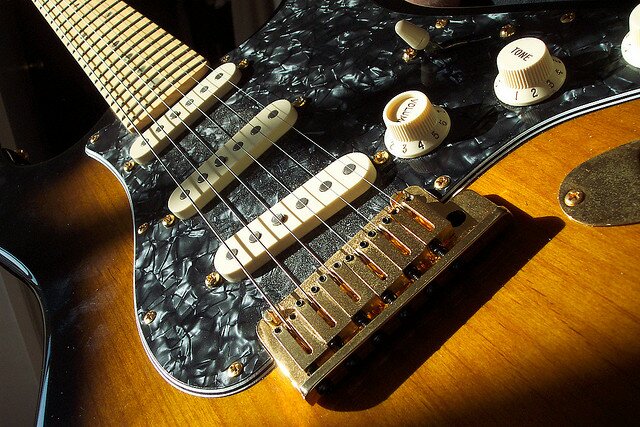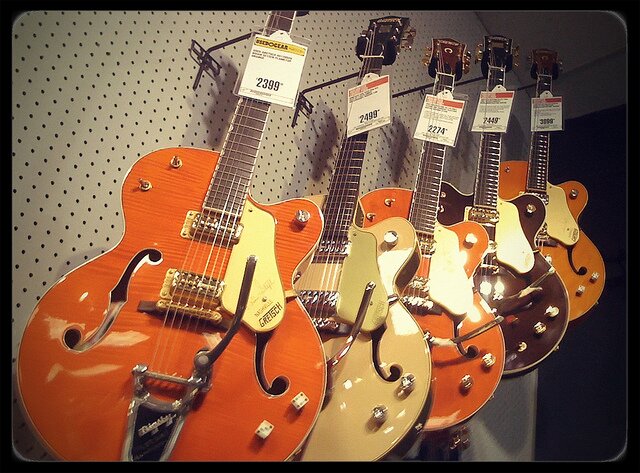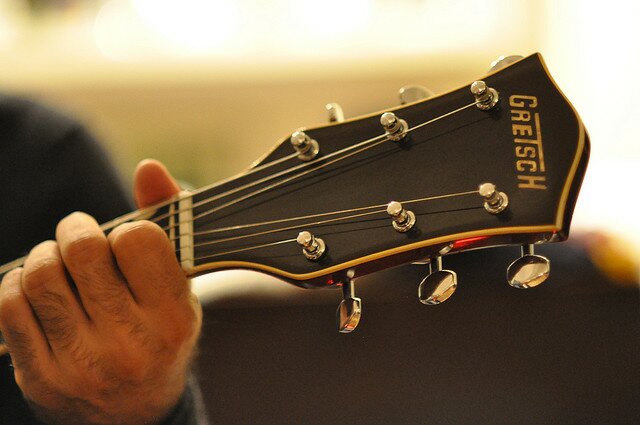Call and Response Guitar Improvisation Tips
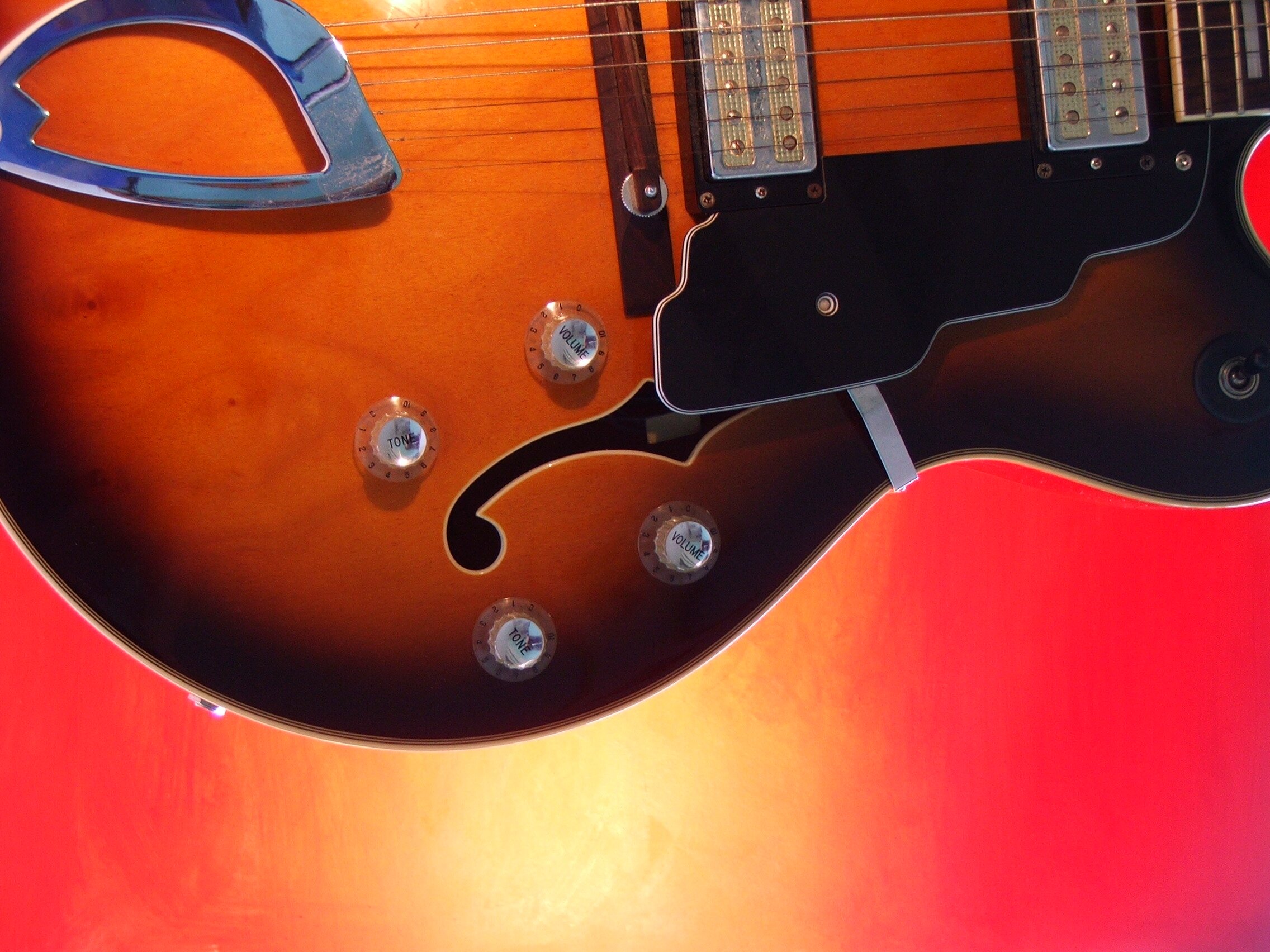
Call and response can be a great way to base your improvisation, especially if improvisation is new to you, as it gives you something to focus on and copy. The way it works is that you have two people improvising at the same time, be that two guitars/guitar and piano etc. One player will play a phrase; the other player then copies and expands on that phrase.
This can make for great fun as you can challenge other people in the band with your fancy phrases and then see what they come back with. This lesson we’ll take a look at some examples and see how you can use this technique in your own playing.
The first examples are two phrases taken from the A blues scale. The first phrase being the ‘call’, the second phrase being the ‘response’
Call:
Response:
Take a listen to the audio to hear how these examples sound.
The second example is a four bar sequence with two ‘call’ phrases and space for two ‘response’ phrases. There are two suggested ‘call’ and ‘responses’ in TAB but see if you can expand on these to create your own responses.
Example 1:
Call:
Response:
Example 2:
Call:
Response:
The backing track features four bars with no improvisation, then the call and response comes in on the second round. This is repeated 4 times to give you a chance to practice putting your ‘response’ phrases in. For now, try and stick quite close to the ‘call’ when creating your ‘response’. Don’t get too carried away just yet! Take a listen to the ‘full track’ for examples of responses.
The chord chart below shows you the chords included in this sequence:
Next time, use the same chord sequence but try and play an opposite sounding phrase to your musical opponent. For example; if the ‘call’ ends on a low note, try and end on a high note. Listen to the track below for examples on this. To play along use the backing track from before.
To finish off we have a full 12 bar blues for you to have a go at with call and response. The backing track is complete with phrases for you to answer to but this time there are no responses given in TAB. This time it’s all down to you to come up with your responses!
Both positions of the A blues scale will work over the whole chord sequence. Try and included everything discussed so far in this set of lessons. Do your best to use bends, hammer-ons and pull-offs where appropriate. Remember, the most important thing you need to do is to use your ears! Listen to the phrases and try and link in with them as much as possible. At the end of the day, if it sounds great you can’t be going too wrong!!!






